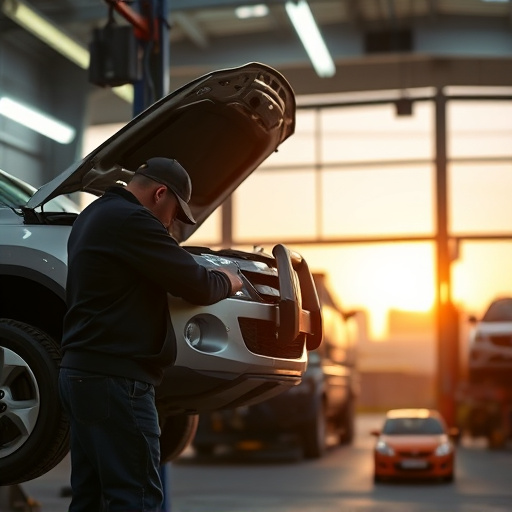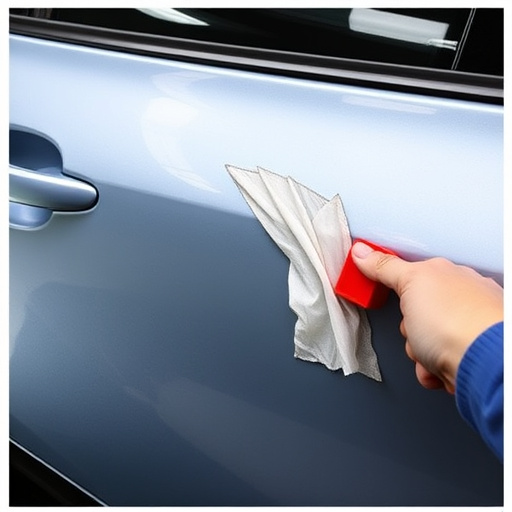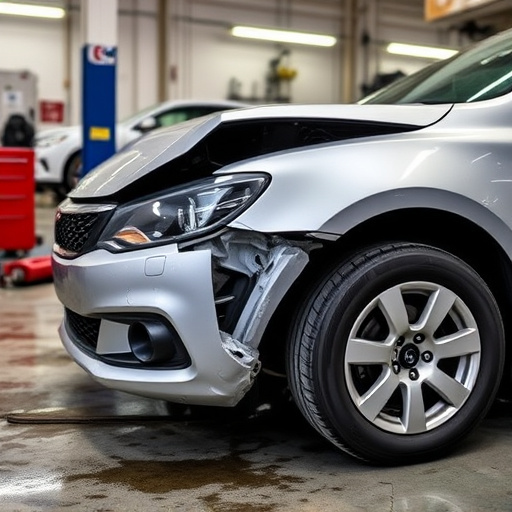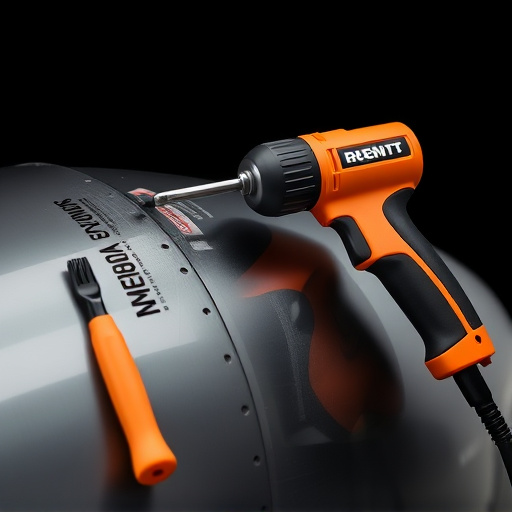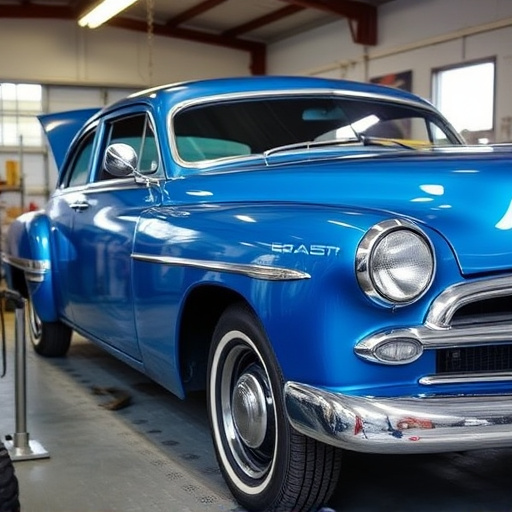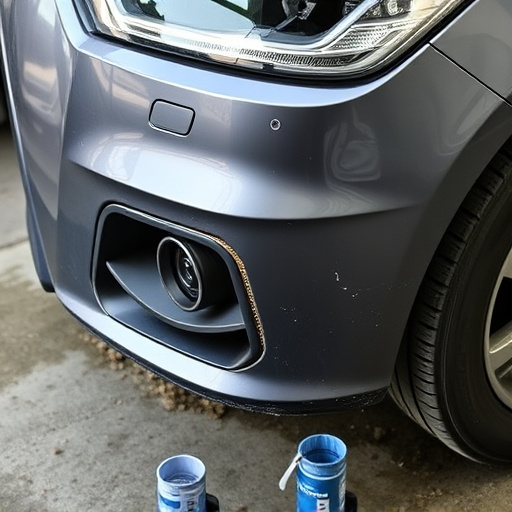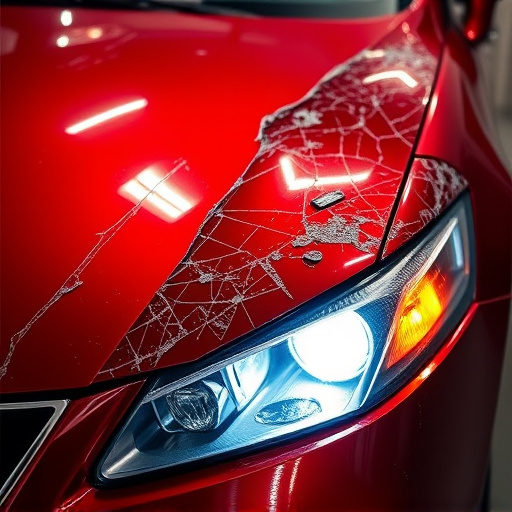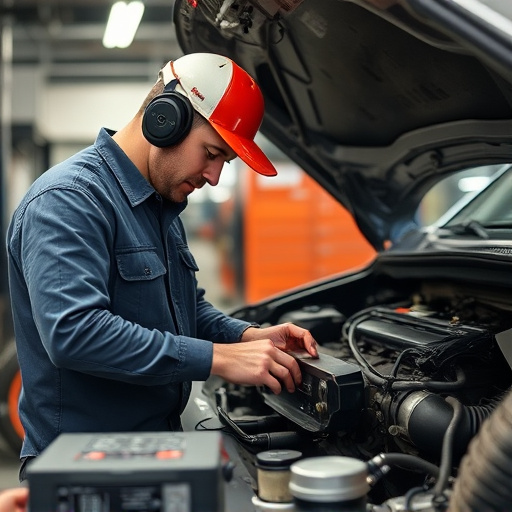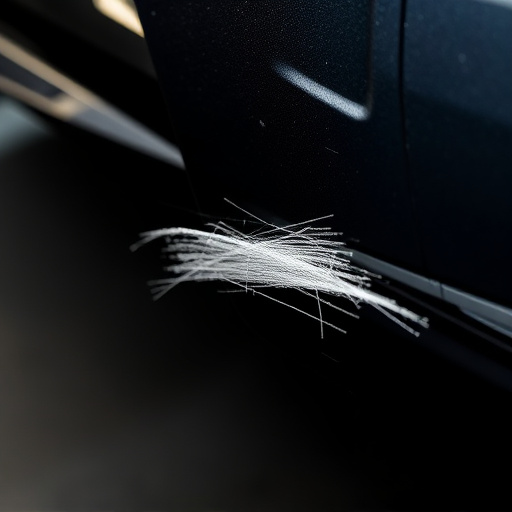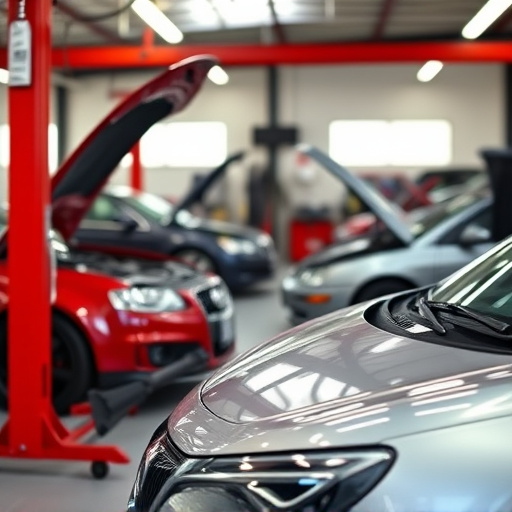Advanced welding equipment is crucial for maintaining vehicle structural integrity, safety, and aesthetic appeal after bodywork repairs, such as hail damage. Its precision capabilities enable technicians to execute intricate welds with consistent quality, reducing the need for extensive body work or repainting. In today's competitive manufacturing environment, advanced welding equipment streamlines collision center repairs, improves efficiency, ensures structural integrity, and fosters customer trust and satisfaction.
In today’s manufacturing landscape, adhering to stringent repair standards is paramount for maintaining product quality. This is where advanced welding equipment emerges as a game-changer. Understanding manufacturer repair standards is crucial, and this article delves into how cutting-edge welding technology ensures compliance and enhances productivity. We explore the role of advanced welding equipment in achieving precision, consistency, and efficiency, ultimately revolutionizing repair processes across industries.
- Understanding Manufacturer Repair Standards
- The Role of Advanced Welding Equipment
- Ensuring Quality and Consistency Through Technology
Understanding Manufacturer Repair Standards
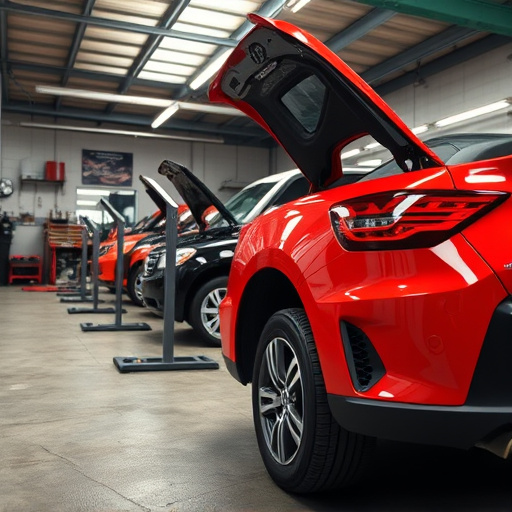
Manufacturer Repair Standards are crucial guidelines that dictate how a vehicle, particularly its vehicle bodywork and components, should be repaired after sustaining damage. These standards ensure that repairs maintain the structural integrity, safety, and aesthetic appeal of the vehicle, much like new. For cars with hail damage repair or other forms of bodywork repairs, adhering to these standards is paramount.
Advanced welding equipment plays a significant role in achieving these manufacturer repair standards. Modern, precise welding tools allow for intricate repairs that preserve the original design and performance of the vehicle. These advanced welding equipment facilitate clean, strong welds that mimic the quality of the original manufacturing process, contributing to the overall excellence of car repair services.
The Role of Advanced Welding Equipment
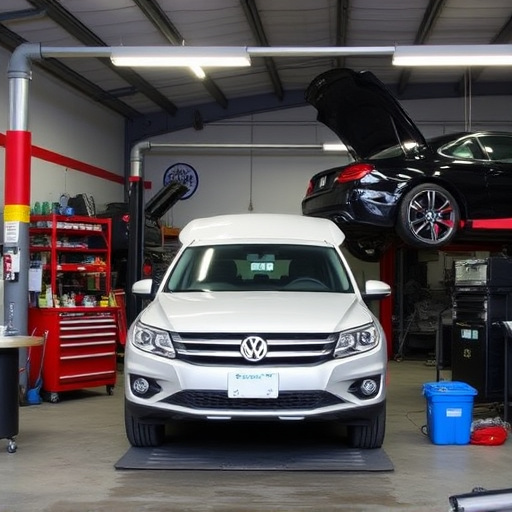
Advanced welding equipment plays a pivotal role in ensuring that manufacturer repair standards are met and maintained. These cutting-edge tools offer unprecedented precision and control, enabling technicians to make intricate welds with consistent quality. In the realm of vehicle bodywork, advanced welding equipment facilitates precise repairs, from intricate metal fabrication to complex structural repairs, ensuring vehicles return to their pre-accident condition.
Similarly, in car collision repair and paintless dent repair scenarios, these tools are indispensable. Advanced welding equipment allows for accurate alignment and seamless integration of parts, minimizing the need for excessive body work or repainting. This not only reduces costs for both repair shops and customers but also conserves resources by minimizing waste and environmental impact.
Ensuring Quality and Consistency Through Technology
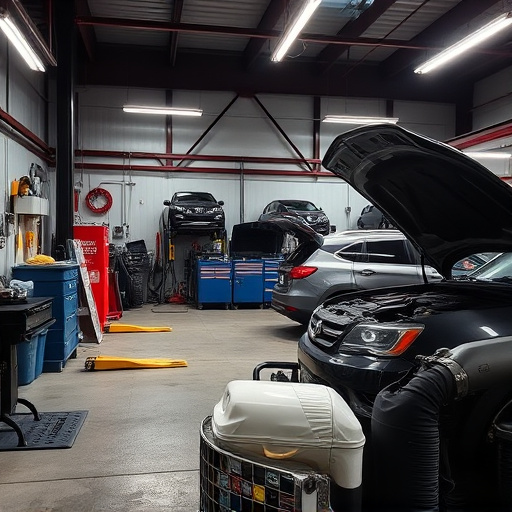
In today’s advanced manufacturing landscape, ensuring quality and consistency is paramount for any reputable shop, whether offering top-tier auto body services or specialized fender repair. This is where advanced welding equipment plays a pivotal role. These innovative tools are designed to meet the stringent standards set by manufacturers, guaranteeing precise and repeatable results. By employing cutting-edge technology like automated welding systems and laser guides, shops can achieve seamless fusion, minimizing human error and maximizing structural integrity.
The integration of such equipment in collision centers not only streamlines repair processes but also enhances overall efficiency. With consistent, high-quality welds, technicians can focus on other critical aspects of their work, ensuring that every vehicle leaves the shop looking like new. This commitment to excellence is what sets apart leading collision centers and auto body services, fostering customer trust and satisfaction.
Advanced welding equipment plays a pivotal role in meeting manufacturer repair standards by ensuring quality and consistency. By leveraging cutting-edge technology, these tools enable precise, efficient repairs that adhere to stringent criteria. This not only reduces downtime but also enhances the overall reliability and longevity of manufactured products, ultimately benefiting both producers and consumers.
